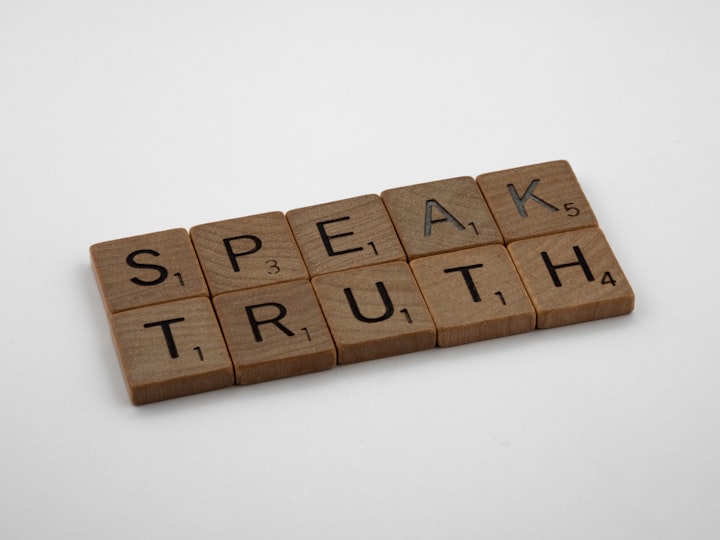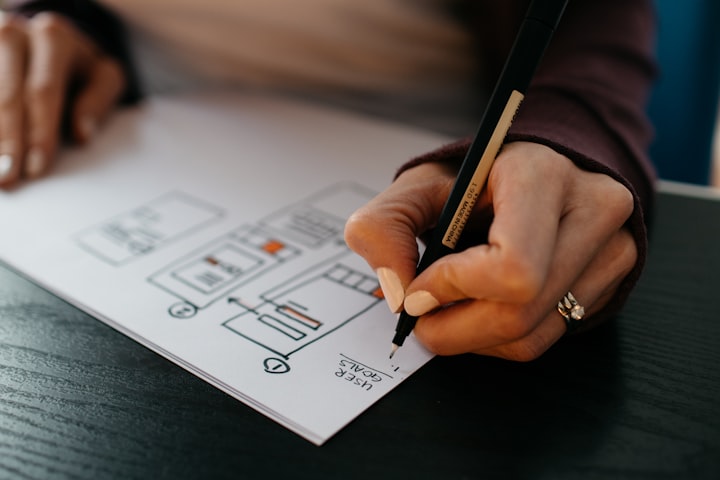How To Spot When Someone Is Lying
Spot When A person Is Lying

Detecting lies can be a complex task, as skilled deceivers can be highly convincing. However, there are numerous verbal and nonverbal cues that can aid in identifying potential signs of deception. In this 750-word guide, we will explore common indicators of lying and techniques to enhance your lie detection skills.
1.Inconsistencies in the Story:
When trying to detect lies, pay close attention to the person's narrative and be on the lookout for any inconsistencies or contradictions in their account. Liars often struggle to keep their story consistent, leading to changes in details or timelines.
2.Avoidance and Deflection:
Liars may attempt to evade direct answers or deflect questions to steer away from the truth. They might become defensive or overly vague when confronted with specific inquiries.
3.Increased Stress Indicators:
Lying can trigger stress responses, resulting in physiological changes such as fidgeting, sweating, increased heart rate, or alterations in vocal tone.
4.Eye Contact:
Contrary to popular belief, not all liars avoid eye contact. Some skilled deceivers might maintain strong eye contact to appear truthful, while others may excessively avoid it to conceal their deception.
5.Baseline Behavior:
Understanding a person's typical behavior when they are not lying can help identify deviations that might signal deception.
6.Micro expressions:
Be attentive to micro expressions—brief facial expressions that appear involuntarily— as they can betray a liar's true emotions. Since these expressions are fleeting, keen observation is crucial.
7.Verbal Cues:
Liars often use language that creates distance from the lie or provides excuses. Look out for hedging statements such as "I think," "maybe," "sort of," or qualifying remarks such as "to be honest," "trust me."
8.Speech Rate and Pitch:
A liar's speech may speed up due to nervousness, or they might speak in a higher pitch than usual.
9.Body Language:
Watch for signs of discomfort, such as touching the face, covering the mouth, crossing arms, or shifting weight from foot to foot.
10.Gestures and Hand Movements:
Liars may use excessive hand gestures or have mismatched gestures and speech.
Consistency with the Environment:
Check if the person's behavior aligns with the context or situation. Inconsistencies might indicate deception.
11.Contradictions with Known Facts:
Verify the information against known facts, as liars may inadvertently contradict established truths.
12.Ask Open-Ended Questions:
Encourage the person to provide more detailed responses by asking open-ended questions, making it harder for them to maintain a lie.
13.Use Follow-Up Questions:
Delve deeper by asking follow-up questions to assess the consistency and coherence of their story.
14.Behavioral Clusters:
Avoid relying on a single indicator. Look for clusters of behaviors that may collectively suggest deception.
15.Intuition and Gut Feeling:
While not foolproof, sometimes your intuition can pick up on subtle cues that may warrant further investigation.
16.Stalling and Delay Tactics:
Liars may stall or ask for questions to be repeated to buy time to construct their responses.
17.Baseline Comparison:
Compare the person's current behavior to their baseline behavior to spot significant deviations.
18.Use Silence Strategically:
Pausing after a question can make liars feel uncomfortable, potentially leading them to provide more revealing answers.
Empathy and Active Listening:
Show empathy and active listening to encourage the person to be more truthful.





Comments
There are no comments for this story
Be the first to respond and start the conversation.